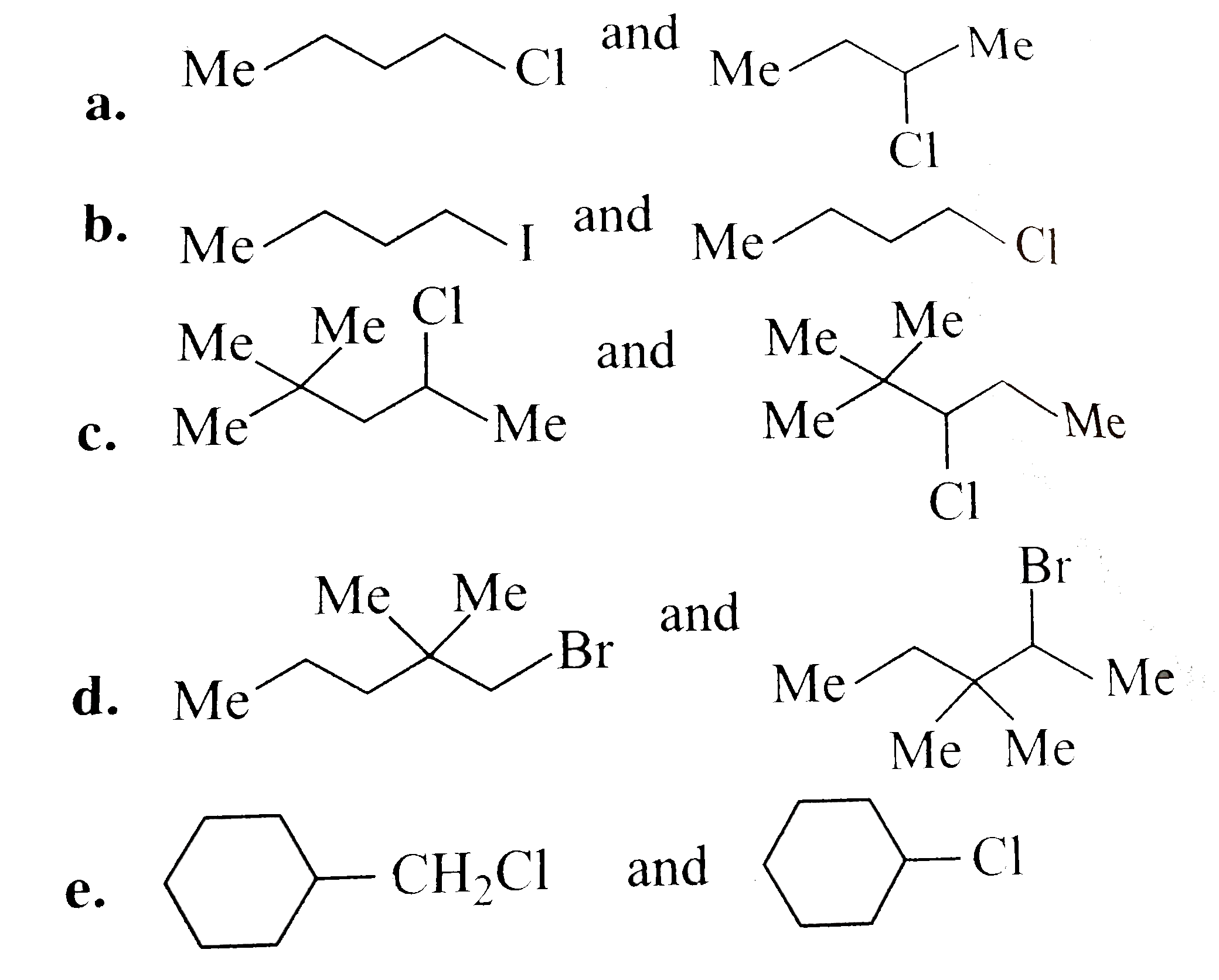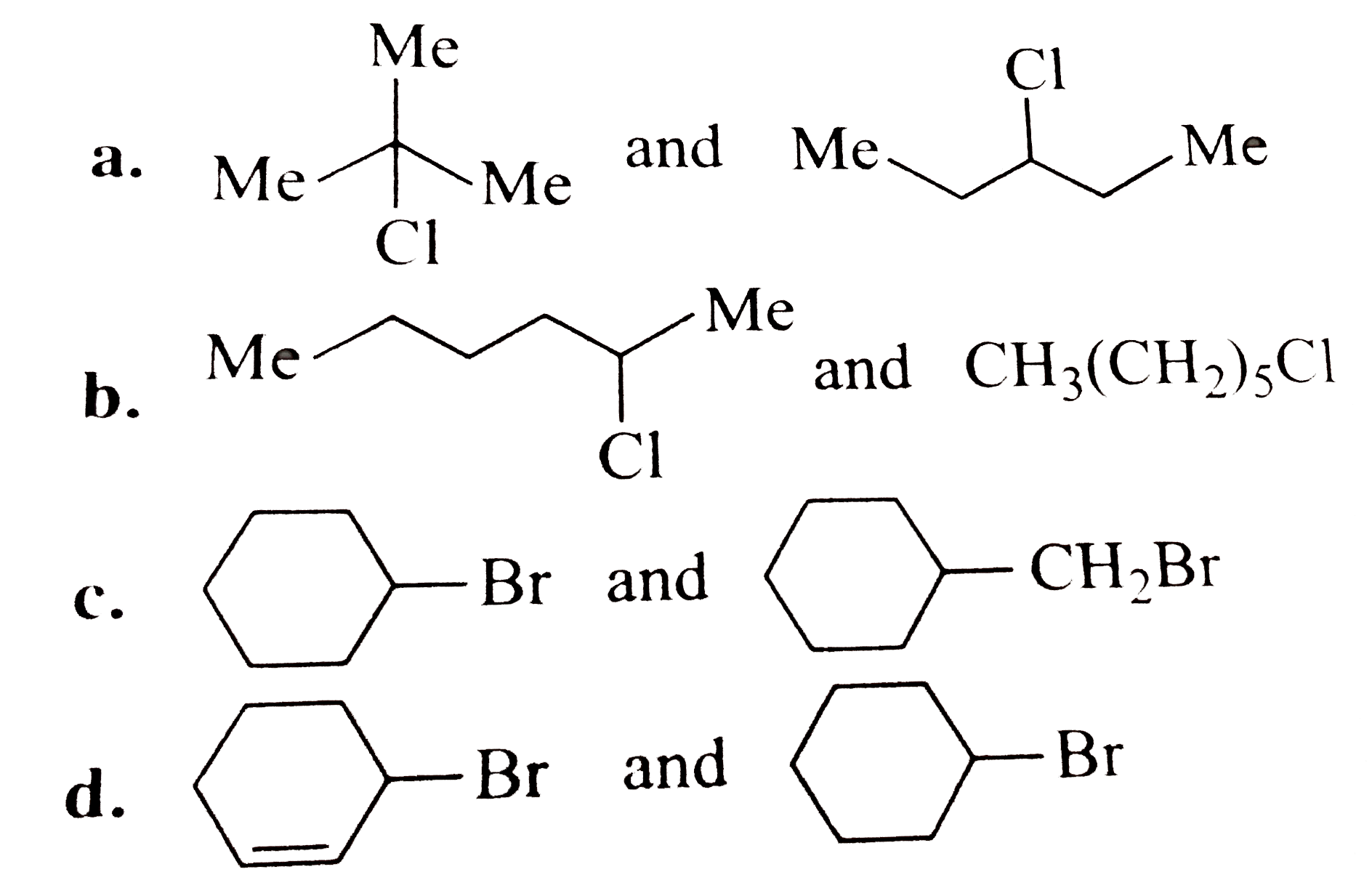Select the faster reaction of each of the following pairs, briefly explain to support your choice.

Text Solution
The reaction is faster. Protonation of the carbonyl oxygen makes this oxygen atom even more electron deficient. This results in a greater carbonyl carbon for the protonated carbonyl than for a carbonyl that is not protonated. Greater allows more rapid attack by a nucleophile (water).
|
Topper's Solved these Questions
- ALCOHOLS FROM CARBONYL COMPOUNDSBOOK - MS CHOUHANCHAPTER - ALCOHOLS FROM CARBONYL COMPOUNDSEXERCISE - Additional Objective Questions (Single correct Choice Type)
5 Videos
- ALCOHOLS FROM CARBONYL COMPOUNDSBOOK - MS CHOUHANCHAPTER - ALCOHOLS FROM CARBONYL COMPOUNDSEXERCISE - Additional Objective Questions (Multiple Correct Choice Type )
1 Videos
- ALCOHOLS AND ETHERSBOOK - MS CHOUHANCHAPTER - ALCOHOLS AND ETHERSEXERCISE - ADDITIONAL OBJECTIVE QUESTIONS (Matrix Match Type )
3 Videos
- ALDEHYDES AND KETONES BOOK - MS CHOUHANCHAPTER - ALDEHYDES AND KETONES EXERCISE - Level 2
7 Videos
Similar Questions
Knowledge Check
Select one from the following pair of isomer that has higher heat of combustion, justifying your choice.
A_E01_064_O01.png) B
B_E01_064_O02.png) C
C_E01_064_O03.png) D
D_E01_064_O04.png)
Of the following pairs, which is the faster SN2 reactions ?

View SolutionChoose the more stable alkene in each of the following pairs. Explain your reasoning.
1-Methylcyclohexene or 3-methylcyclohexene
View SolutionOf the following pairs, which is the faster SN1 reactions ?
 .
.
View SolutionOf the following pairs, which is the faster SN1 reactions ?
 .
.
View SolutionConsider the reaction :

Briefly explain the choice of major product.
View SolutionBriefly explain your understanding of Ind -AS.
View SolutionSelect one from the following pair of isomer that has higher heat of combustion, justifying your choice.
View Solution

